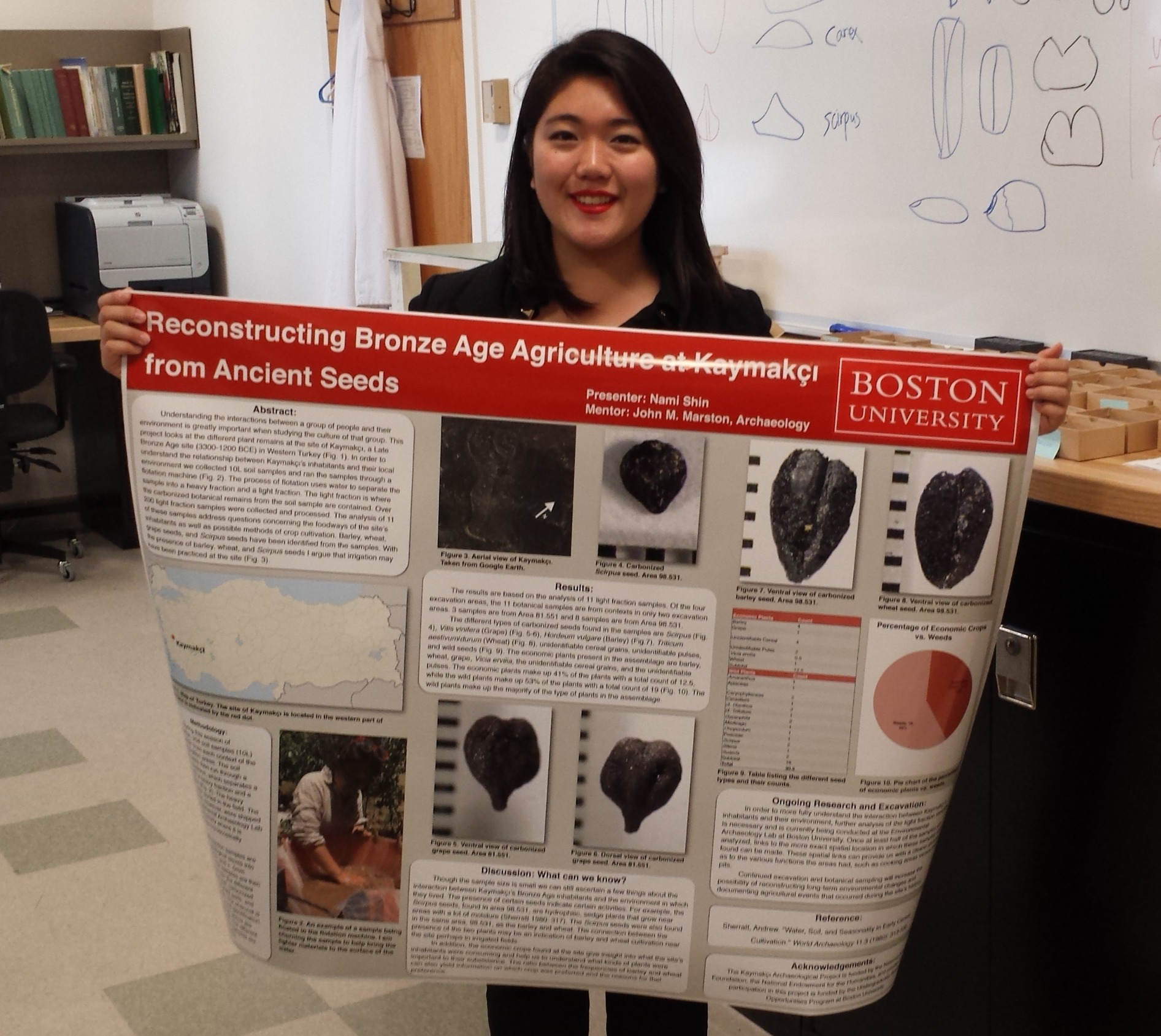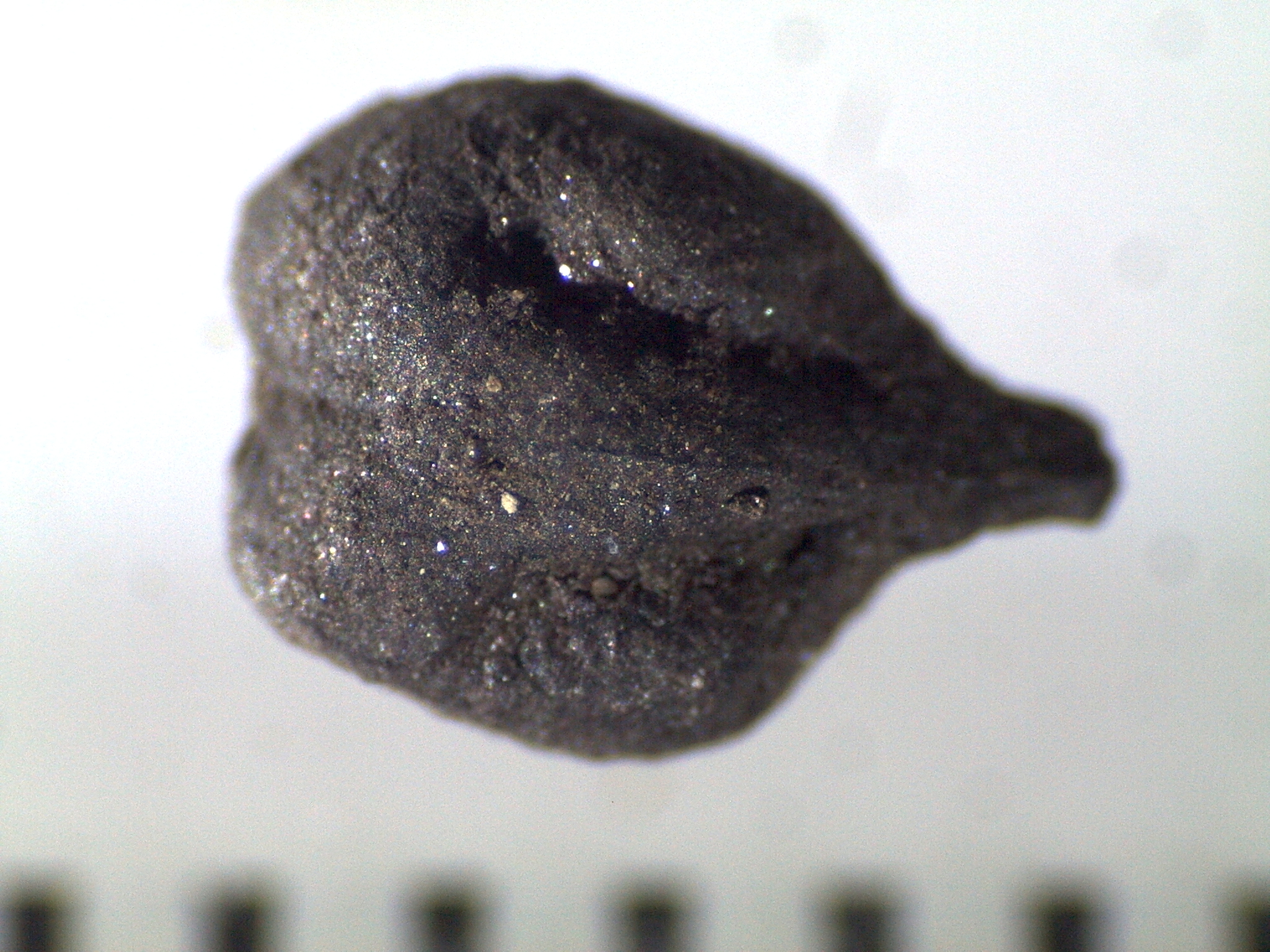Good press and a student symposium at Boston University
Gygaia Projects
A recent series of feature articles in BU Today (Boston University’s daily newspaper) highlighted the recent archaeological work of BU affiliates. Coverage of Gygaia Projects was particularly positive and may even provide perspectives that are new, even to frequent readers of our “voices” posts.

Earlier this semester an archaeology major working with Prof. Marston presented a summary of her research from summer 2014 that is continues throughout this academic year.
Poster Presentation at Boston University
Nami Shin
My field and lab research from summer 2014 culminated in a poster presentation for the Undergraduate Research Symposium at Boston University sponsored by BU’s Undergraduate Research Opportunities Program (UROP). The annual symposium provides chances for students funded by UROP to present their UROP research. Poster topics ranged across many different fields and showcased the research proficiency of the undergraduates at BU.
The annual symposium provides chances for students funded by UROP to present their UROP research. Poster topics ranged across many different fields and showcased the research proficiency of the undergraduates at BU.
Eager to show that Archaeology, too, has exciting and novel research going on, I presented some of the botanical remains from Kaymakçı. In the field, I collected botanical samples that yielded carbonized seed remains from different economic plants, such as cereals, pulses, and fruits. At the symposium, I talked to parents, fellow students, and professors about how archaeologists can recreate the diets of ancient peoples as well as their agricultural systems. I explained that the presence and preservation conditions of certain plant remains are indications of what plants people ate and how they grew them.
Talking to interested people from all different backgrounds, I realized how important it was to make the varied aspects of archaeology relevant in modern-day times. The symposium was successful in exposing a variety of people to undergraduate research and, most importantly for me, archaeological research.
At, Kaymakçı I found evidence of barley (Hordeum vulgare) and wheat (Triticum aestivum) grains, as well as grape seeds (Vitis vinifera).

Hordeum vulgare

Triticum aestivum

Vitis vinifera

